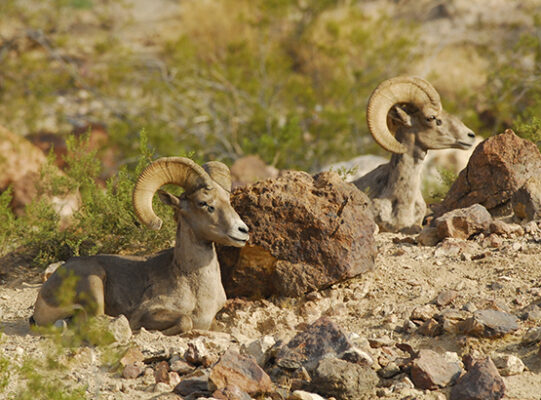Our Wildlife Resources are an Important Component of Arizona’s Natural Environment
Arizona’s population is currently 6.5 million people and is expected to more than double to 16 million people by the year 2050. Adding almost 10 million residents means a need for more homes and businesses and transportation and energy corridors. According to the Gallup Arizona Poll and recorded in the report, The Arizona We Want, Arizonans highly value aesthetics and the natural environment.
Connectivity: Why It Is Important
Wildlife On The Move
All animals move across the landscape to varying extents in order to acquire the resources necessary for survival: food, water, protective cover, and mates. Mountain lions, black bears, and mule deer roam over vast expanses that can encompass thousands of acres, while smaller animals such as tassel-eared squirrels and northern leopard frogs engage in essential movements on a much smaller scale. Some animal movements occur on a daily basis, while seasonal migrations may occur annually, and the dispersal of young from their natal sites to secure new breeding territories happens only once in an individual’s lifetime. Man-made barriers such as roads, urban areas, and railroads can affect each of these movement patterns and may pose a threat to the long-term persistence of wildlife populations.
Benefits of wildlife connectivity
The best solution to addressing the issues of habitat loss and fragmentation is to prevent it from occurring by preserving existing blocks of unfragmented habitat. The Department’s guidelines documents discuss options for building communities and projects in a way that minimizes the effects on our wildlife species. These guidelines provide recommendations and are intended to be supplemented with consultation with AGFD staff. If a block must be built on, creating corridors or linkages provides the means for animals to move between blocks of habitat while supporting natural levels of:
- Individual movement for needed resources (food, water, etc.)
- Population movement in response to changing climate
- Immigration, emigration, and re-colonization
- Gene flow
- Seasonal migration
In addition to the benefits provided to our wildlife species, maintaining a natural network of connected landscapes also benefits our human population, perhaps most obviously through increased public safety. A 2006 study by the Transportation Research Board found that each year more than 200 motorists are killed and approximately 29,000 are injured as a result of wildlife-vehicle collisions in the United States, with annual costs estimated in the hundreds of millions of dollars. Identifying important wildlife movement areas that cross transportation corridors during the construction of new roads or improvements allows for the informed siting of wildlife-friendly over- and underpasses (see image at top of this page) that can greatly reduce the likelihood of collisions. Incorporating knowledge of wildlife movement areas can also play a role in setting priorities for rural and urban open space planning and acquisition and can help avoid potential conflicts between recreationists and wildlife. Maintaining wildlife populations through conservation efforts such as the protection wildlife linkages is also of economic and social value given the significant contribution of wildlife-based recreation to the economies of Arizona.
How are Wildlife/Habitat Connectivity Areas Being Identified in Arizona?
Recent News Updates
AZGFD, ADOT close in on Northern AZ project
Federal grant will fund I-17 wildlife overpass near Flagstaff
The Commission approved a resolution regarding the importance of wildlife connectivity and efforts to identify, conserve and enhance wildlife corridors as well as efforts to reduce potential adverse impacts to wildlife, wildlife habitat and public safety throughout Arizona.
Wildlife connectivity resolution
Want to Get Involved with Wildlife Conservation?
Volunteer your time, or donate to help us with conserving and protecting our wildlife. When you purchase a hunting or fishing license online, resources go back into wildlife conservation.
donate to wildlife conservation
With your help, we can continue to conserve & protect Arizona’s wildlife.
volunteer for projects
If you have a passion for wildlife and want to help us conserve and protect it, we’d love to have you on our team!

